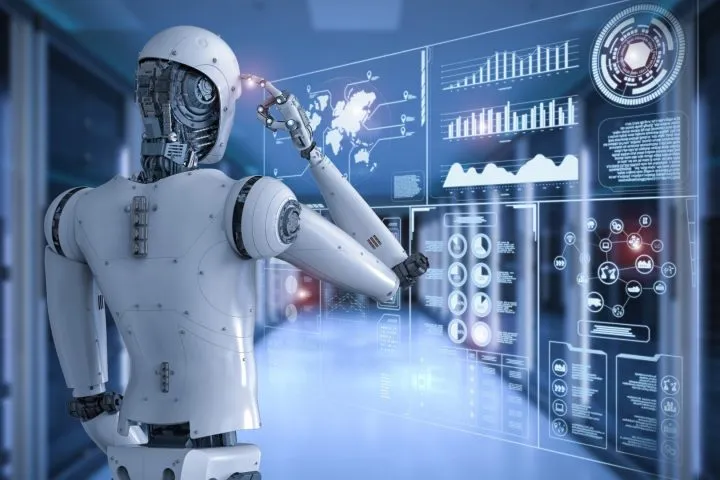(National Pulse) Scientists from Osaka University, Japan have discovered a way to use artificial intelligence (AI) to read our minds – quite literally.
By combining magnetic resonance imaging (MRI) with AI technology, the researchers were able to recreate visual images directly from human brain activity. What’s more, by using widely available Stable Diffusion technology, they were able to do so at a very low cost and with relatively little effort compared to other recent attempts to do this. The researchers’ findings are reported in a pre-print study.
Although researchers had already found ways to convert neural imaging into visual representations, complex and expensive deep-learning technology has generally been required. Technology which must be “trained” and carefully calibrated. Still, the representations produced are often sketchy, with poor fidelity.
The new method used by the Japanese researchers harnesses popular technology which has found widespread use in the generation of images using linguistic prompts. Over the last few months, social media platforms have been awash with images created using Stable Diffusion and other platforms like it. The technology is able to produce compelling, sometimes hyperrealistic images, with just a few carefully selected words. The technology can be used to produce static images or, with some tweaking, animations in popular styles such as anime.
While some in the art world have been supportive of this, many artists are fearful that it will replace them – and soon. Some have begun lobbying for this technology to be limited or even banned.
In September last year, the New York Times covered the fallout from that year’s Colorado State Art Fair competition, which was won by an entry – Théâtre D’opéra Spatial – created using Midjourney, another popular AI system.
“Art is dead, dude,” the winner, Jason M. Allen, told the Times.
AI: NOW READING MINDS.
To produce their images, the Japanese researchers followed a two-stage process. First, they decoded a visual image from the MRI signals of their test subjects. Then they used the MRI signals to “decode latent text representations” which could be fed into the Stable Diffusion platform, like prompts, to enhance the quality of the initial visual images retrieved.
The results of this process can be seen in the series of images below.
A paper published in Nature last year used a very similar approach, albeit with more specialised diffusion technology, to reconstruct AI-generated faces from MRI data.

Although the reconstructions produced in the Nature study are clearly more faithful to the original representations, what is so remarkable about the new Japanese research is the fact that it was done using a platform that is already used by millions of people around the world to create images.
Stable Diffusion is a learning system – a so-called neural network – that trains itself using huge amounts of image data scraped directly from the vast repository of images on the internet.
Its creator, Emad Mostaque, has described it as a “generative search engine”. Unlike Google, which shows you images that already exist, Stable Diffusion can show you things that don’t.
“This is a Star Trek Holodeck moment,” according to Mostaque.
WHAT NEXT?
The disruptive power of AI has been on very prominent display over the last year. As a magazine editor, I for one can see the amazing potential for platforms like Stable Diffusion to provide high quality art at next-to-no cost or effort. If I want a picture of President Biden’s legendary showdown with Corn Pop, perhaps in the style of a 1980s action film, I simply have to ask and an AI platform like Midjourney will deliver. What’s not to like?
At the same time, it’s clear such technology has very real downsides. As noted, artists are sweating about losing commissions to AI.






